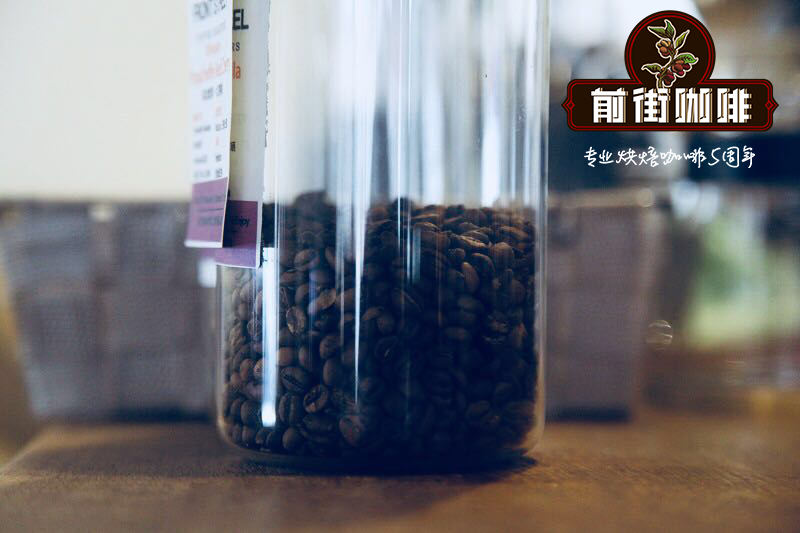Introduction of Coffee varieties in Kenya Sika Coffee producing area

Professional coffee knowledge exchange more coffee bean information please follow the coffee workshop (Wechat official account cafe_style)
The vast majority of Kenyan Sika coffee is grown organically without certification because of the use of improved planting techniques and the rare use of chemical pesticides or herbicides. Kenya's premium coffees (AA Plus, AA, AB, PB) are all washed, while the low-grade products of sun-dried beans (non-washed buni) are only available for local use.
Baking shallow baking
Kenyan Sika honey, flowers, rich aromas, fruit fudge,
Black plum juice, fresh-cut Chinese fir and pomelo and blackcurrant
National Kenya
Producing area Sika District, Kenya (Thika)
Cooperative Riso Co-operative Society (Ritho)
1800 meters above sea level
Grade AA
Typical Kenyan coffee flavor features:
High acidity
Clean and clear lines
The most solid and rich taste is like the weight of an African elephant!
Full of fruit tonality and floral aroma
Green plum, Hawthorn, black plum, temperate fruit (BlackBerry, cherry) … Wait
Violets, roses...
The rhyme is long.
Black sugar, smoked candied fruit, cork, flower fragrance.
The raw coffee beans come from the Mugaga Cooperative / Honey processing Plant (Mugaga Cooperative Asali) in the Thika region of Kenya, in the Aberdare Mountains of Kenya. The cooperative is made up of 155 local small coffee farmers and has its own washing plant. It produces about 1200 bags of raw coffee beans per year, with an average of 250 coffee trees per farmer.
Important Notice :
前街咖啡 FrontStreet Coffee has moved to new addredd:
FrontStreet Coffee Address: 315,Donghua East Road,GuangZhou
Tel:020 38364473
- Prev

Costa Rican Acacia Manor Coffee and beans how to brew and describe the taste and flavor
Professional coffee knowledge exchange more coffee bean information please follow the coffee workshop (Wechat official account cafe_style) Costa Rica Acacia Manor anaerobic fermentation treatment of the same kind of coffee beans, using water washing, sun treatment results. Usually, washed beans show obvious acidity. For no other reason, the skin and most of the fruit were removed by the pulp sieving machine.
- Next

Ecuadorian Coffee Zuba Region Introduction Ecuadorian coffee is balanced or mellow
Professional coffee knowledge exchange More coffee bean information Please pay attention to coffee workshop (Weixin Official Accounts cafe_style) ★ Chinese name: Ecuador ACRIM Zumba ★ Production area: Zumba/local small farmers ★ Processing method: washing ★ Variety: Typica(iron pica), Caturra(cadura), B
Related
- Does Rose Summer choose Blue, Green or Red? Detailed explanation of Rose Summer Coffee plots and Classification in Panamanian Jade Manor
- What is the difference between the origin, producing area, processing plant, cooperative and manor of coffee beans?
- How fine does the espresso powder fit? how to grind the espresso?
- Sca coffee roasting degree color card coffee roasting degree 8 roasting color values what do you mean?
- The practice of lattes: how to make lattes at home
- Introduction to Indonesian Fine Coffee beans-- Java Coffee producing area of Indonesian Arabica Coffee
- How much will the flavor of light and medium roasted rose summer be expressed? What baking level is rose summer suitable for?
- Introduction to the characteristics of washing, sun-drying or wet-planing coffee commonly used in Mantenin, Indonesia
- Price characteristics of Arabica Coffee Bean Starbucks introduction to Manning Coffee Bean Taste producing area Variety Manor
- What is the authentic Yega flavor? What are the flavor characteristics of the really excellent Yejasuffi coffee beans?

